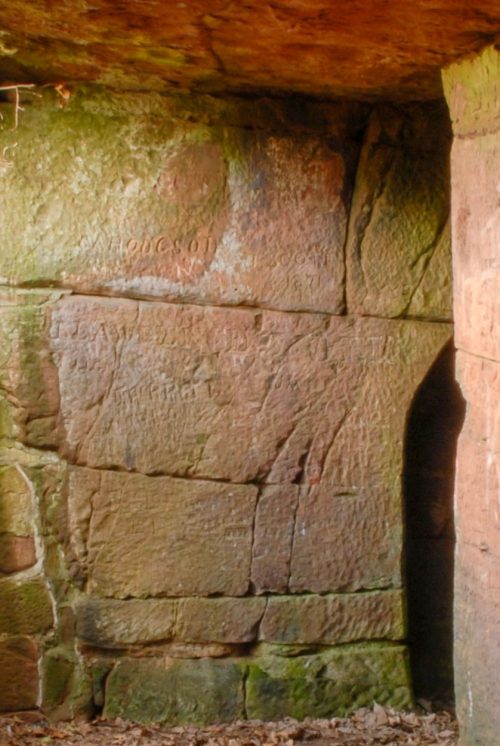Though its name implies the legendary Uther Pendragon and his son, King Arthur, the castle’s true origins lie in the Norman era.
The word Pendragon—meaning “Commander in Chief” in Celtic—adds a romantic layer of mystery, but the fortress was likely built around 1160 by Hugh de Morville, a Norman knight with a storied past.
In the 14th century, Lady Idonea de Veteripont took ownership of the castle, followed centuries later by Lady Anne Clifford, Countess of Pembroke, in the 1600s. By the time each woman inherited it, the structure had fallen into disrepair. Undeterred, they undertook ambitious restorations to restore it to its former glory.
Sadly, after Lady Anne’s death, Pendragon Castle was abandoned, dismantled for its stone, and left to the mercy of the elements.
Today, its ruins whisper stories of ambition, restoration, and the enduring allure of legend.









